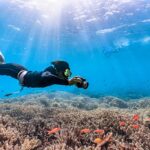Tanzania
Welcome to Tanzania ! More than almost any other destination, Tanzania is the land of safaris. Wildebeest stampede across the plains. Hippos jostle for space in muddy waterways. Elephants wander along seasonal migration routes and chimpanzees swing through the treetops. Throughout the […]
Welcome to Tanzania !
More than almost any other destination, Tanzania is the land of safaris. Wildebeest stampede across the plains. Hippos jostle for space in muddy waterways. Elephants wander along seasonal migration routes and chimpanzees swing through the treetops. Throughout the country there are unparalleled opportunities to experience this natural wealth: Take a boat safari down the Rufiji River past snoozing crocodiles in Selous Game Reserve; Watch giraffes silhouetted against ancient baobab trees in Ruaha National Park; Sit motionless as waterbirds peck in the shallows around Rubondo Island; and hold your breath while lions pad around your vehicle in Ngorongoro Crater.
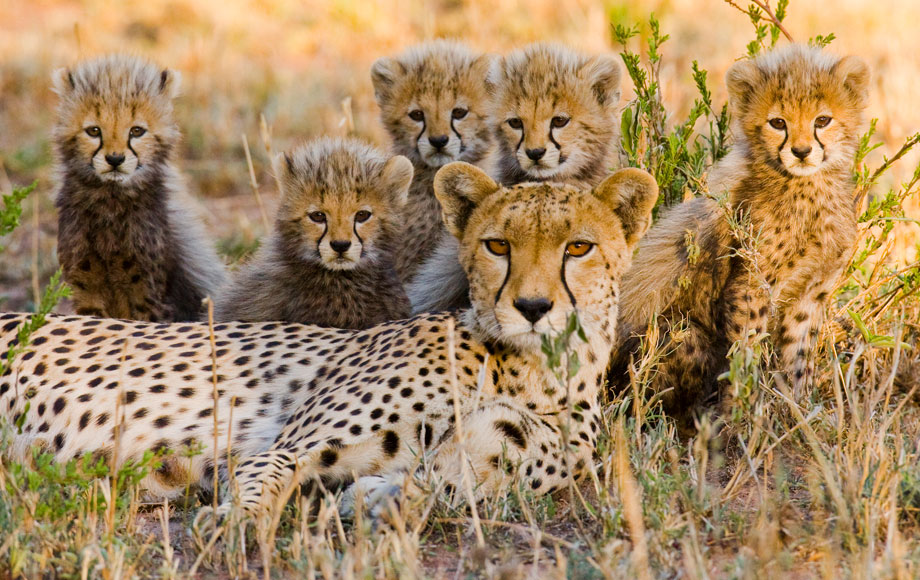
Serengeti National Park
Serengeti National Park is a vast treeless plain with millions of animals living here or passing through in search of fresh grasslands. It’s most famous for the annual wildebeest migration but you can also see the Big Five here, and nearly 500 species of birds have been recorded on the Serengeti.
The sound of pounding hooves on the Serengiti plains draws close. Suddenly thousands of animals stampede by as the great wildebeest migration – one of earth’s most impressive natural spectacles plays out. Time seems to stand still in this amazing sight. Lions sit majestically on lofty outcrops, giraffe move about into the setting sun, crocodiles soak up the sun on the riverbanks. Wildlife here is awesome, all year round.
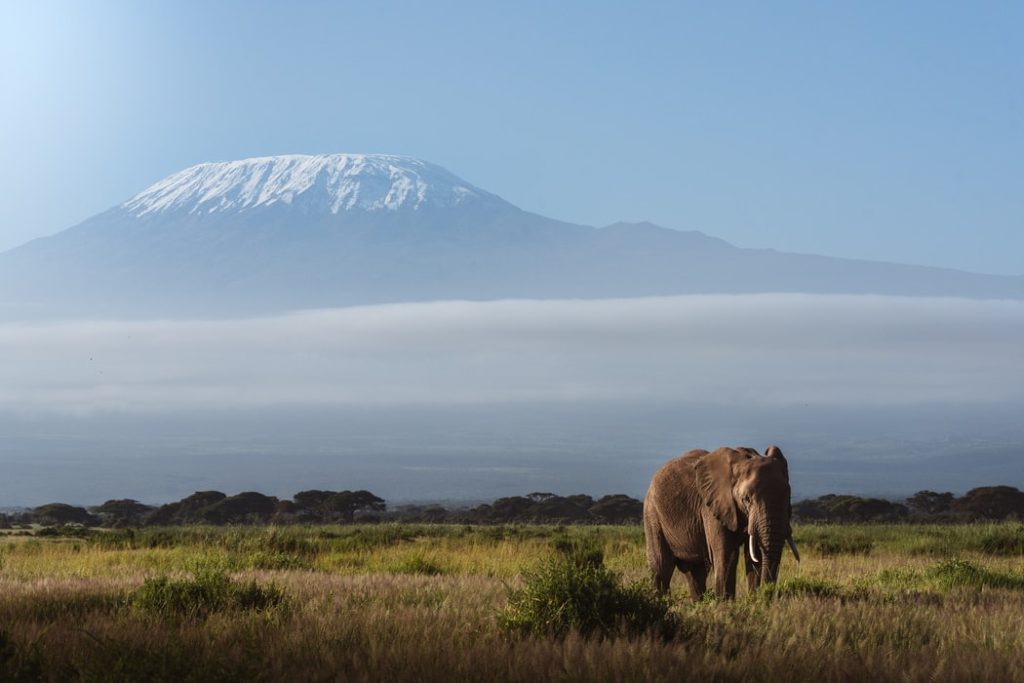
Mount Kilimanjaro
Mount Kilimanjaro is Africa’s highest peak at 19,340 feet and Tanzania’s most iconic image. Mount Kilimanjaro National Park, unlike other parks in northern Tanzania, is not visited for the wildlife but for the chance to stand in awe of this beautiful snow-capped mountain and, for many, to climb to the summit. Mount Kilimanjaro can be climbed at any time, although the best period is from late June to October, during the dry season.
The allure to climb Africa’s highest peak, with its show capped top and views of the surrounding plains is indeed tempting. Several thousands of trekkers climb the summit each year, with an important requirement of adequate time for acclimatisation. However, besides this there are many other rewarding activities that one one take partake in like hiking or bicycling on the mountain slopes or learn about the local Chagga culture or enjoy your favourite drink at any of the vantage points with the snow covered summit as the backdrop.
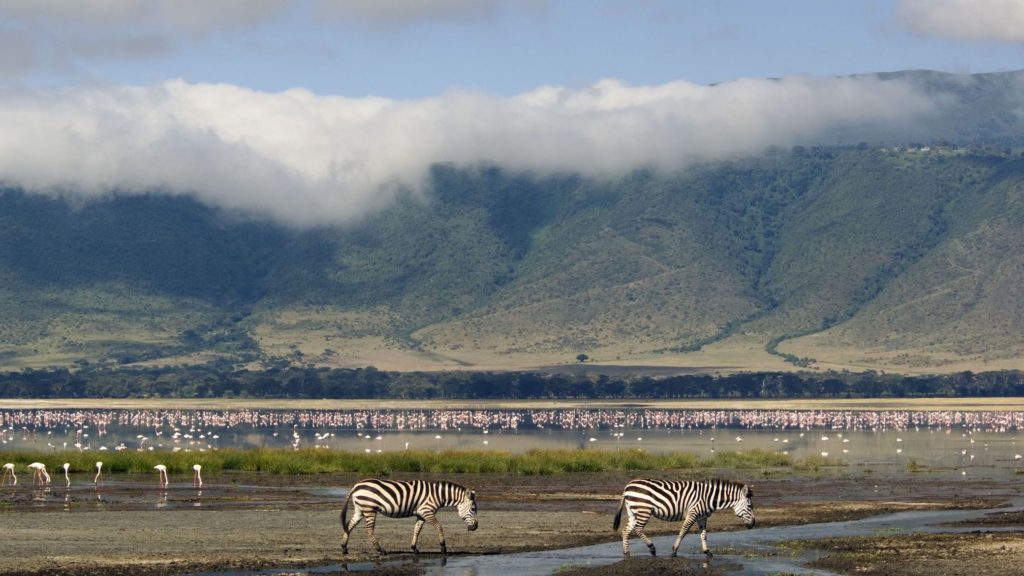
Ngorongoro Conservation Area
Located between the Serengeti and Lake Manyara, the Ngorongoro Conservation Area is home to the famous volcanic Ngorongoro Crater and is one of Tanzania’s most popular wildlife viewing areas. This huge volcanic crater has a permanent supply of water, which draws thousands of animals who stay in this area rather than migrating.
Visitors come here primarily for viewing large animals and bird watching. Literally thousands of animals can be viewed on the crater floor, including lions, elephants, rhinoceros, Thomson’s gazelles, and buffaloes. However wildebeests and zebras account for over half of the animals that call the Ngorongoro Crater home.
Bird watching is awesome, especially around Lake Migadi, which attracts flocks of flamingoes to the water feature. Hippos are content to submerge themselves during the day and then graze in the nearby grass in the evening.
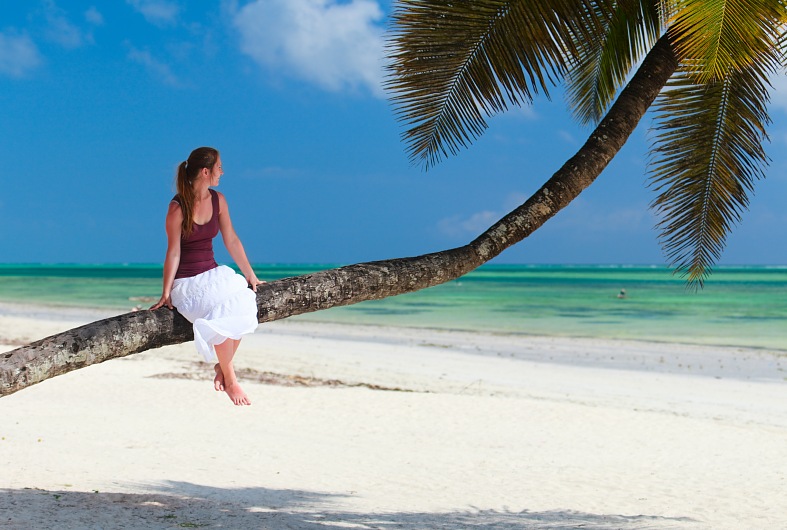
The Beaches of Zanzibar
The island of Zanzibar, also called Unguja, is a major holiday destination in Tanzania and known for its beautiful beaches. Part of the Zanzibar archipelago, which consists of the islands of Zanzibar and Pemba, this island has some of the best beaches on the planet. The surf tides vary depending on what side of the island you are on, but travellers will find soft white sand and clear shallow water, along with traditional boats lining the shore. The historic city of Stone Town, known for old Arabian townhouses, narrow alleyways, and a busy port, is located in the heart of Zanzibar.

Zanzibar’s Stone Town
Stone Town is the cultural heart of Zanzibar and has changed little in the last two centuries. The grand old Arabian homes lining the narrow streets and winding alleys give the city its own unique charm. Majority of the homes in Stone Town were built in the 19th century when Zanzibar was one of the most important Swahili trading towns in the Indian Ocean. Travellers would notice the brass-studded, intricately carved wooden doors on many of the homes.
As the world’s oldest functioning Swahili city, many of the iconic landmarks in Stone Town have been restored to their original glory. Some of the old historic buildings are now museums and attract many tourists. The town also has two interesting old churches of great historical significance.
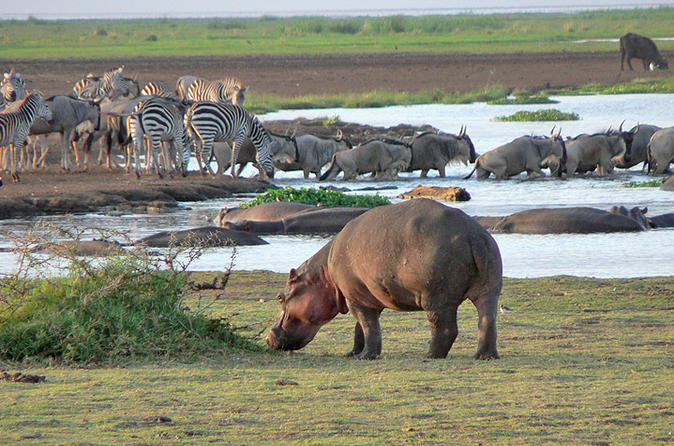
Lake Manyara National Park
Lake Manyara National Park is comprised of forest, woodland, grasslands, and swamps. Two-thirds of the park is covered by water and the lake is host to literally thousands of flamingoes, at certain times of year, as well as other diversely varied bird life. The prime feature of Lake Manyara Park is the large population of elephants, tree-climbing lions, and hippopotamuses, which can be observed at a much closer range than in other parks. This park is also home to the largest concentration of baboons in the world.
Wildlife drives, canoeing (when water levels are high enough), mountain bike tours and bird watching are some of the other popular activities in Lake Manyara National Park.
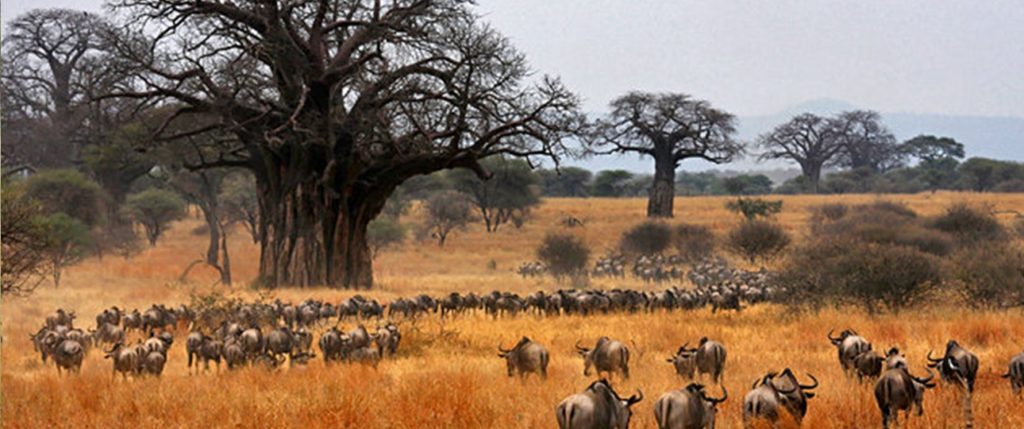
Tarangire National Park
Tarangire National Park, is a wonderful area for wildlife viewing. It is best to visit in the dry season from July to September when the animals gather along the river. During the dry season, Tarangire National Park has one of the highest concentrations of migratory wildlife. Wildebeest, zebra, buffalo, impala, gazelle, hartebeest and eland crowd the water lagoons. The park is also known for its large population of elephants, and the baobab trees that line the grassy landscape. The park is also excellent for birdwatching, with more than three hundred species recorded in the national park. These species include buzzards, vultures, herons, storks, kites, falcons and eagles.
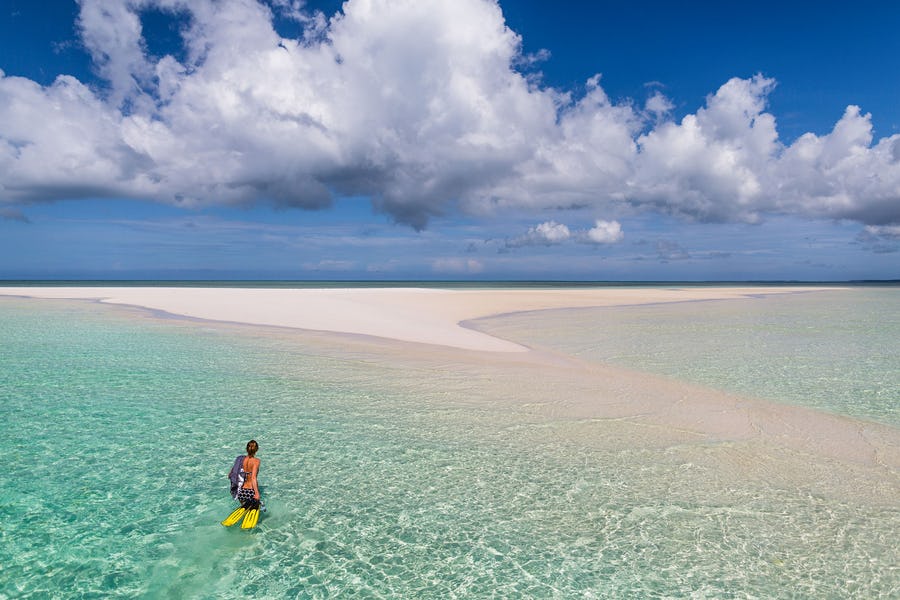
Pemba Island
This is the northernmost island in the Zanzibar archipelago. Around Pemba are many desert islands and some of the best scuba diving in the Indian Ocean, with clarity that is unparalleled. Coral gardens, colourful sponges and sea fans are all found in the underwater paradise. The city of Chake Chake, the main population center on Pemba, is a popular base for scuba divers.
Pemba is less visited than Zanzibar and as a result has a more laidback atmosphere. The island is hilly with deep valleys and it has become popular with mountain bikers who are drawn to its 1,000-meter peaks. Pemba is a major world clove producer and is also well known for the juju traditions of medicine and magic. People come from throughout East Africa to learn from the voodoo and traditional healers or seek a cure.
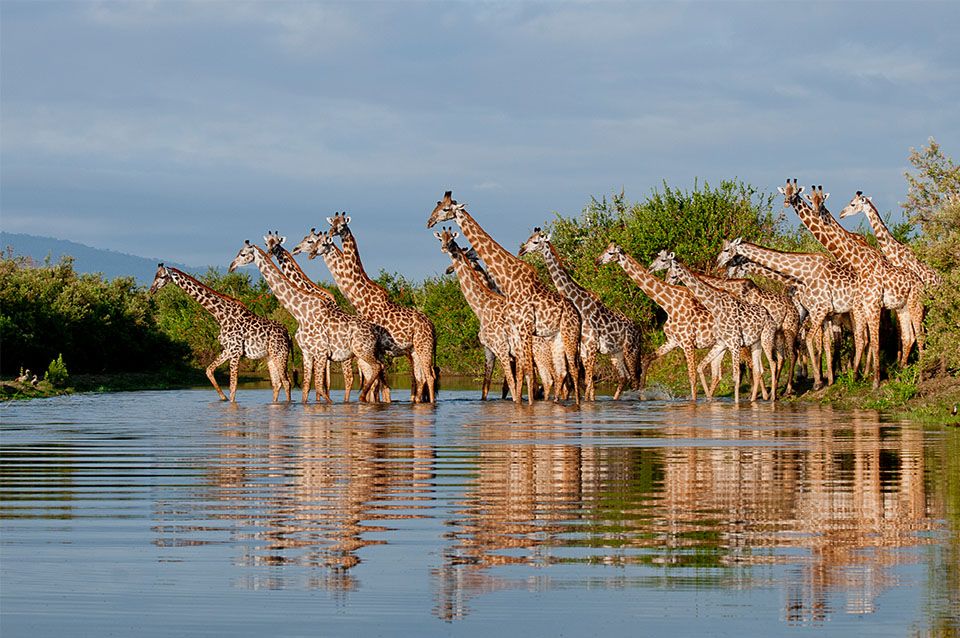
Selous Game Reserve
Selous is the largest game reserve in Africa and covering 5% of Tanzania’s total area. The southern area is a forbidden zone that is undeveloped, heavily forested, and contains a number of steep cliffs. Travellers are limited to the area north of the Rufiji River. This area of the Selous Game Reserve has large open grassland, woodlands, rivers, hills and plains. The best time to visit is July through October.
The Rufiji River bisects the Selous Game Reserve and has the largest catchment area of any river in East Africa. The river is an important feature of the reserve providing the opportunity to watch the diverse water-based wildlife. A broad range of wildlife can be found including elephants, hippos and rhinos as well as buffalo, lion, antelope, giraffe, warthog, wildebeest, cheetah and leopard. The diversity of bird life in Selous Game Reserve includes over 350 recorded species.
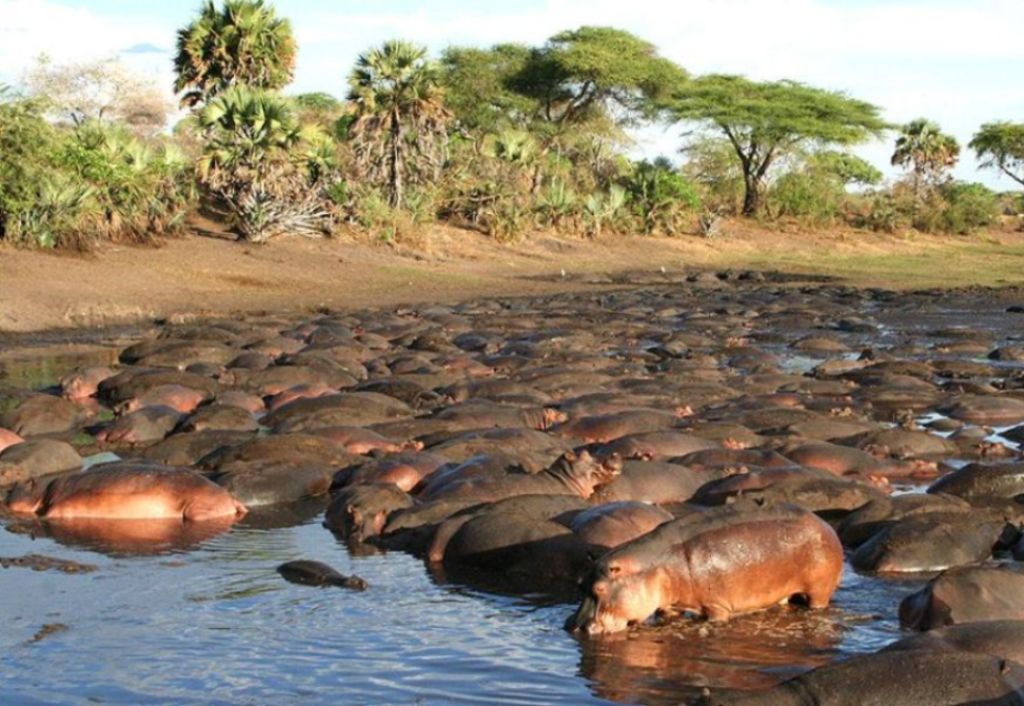
Katavi National Park
Katavi National Park is located in a remote region offering natural wilderness at its best. A predominant feature in Katavi is the enormous flood plain, split by the Katuma River and several seasonal lakes. The lakes house enormous groups of hippos, crocodiles and over 400 species of birds. One of the great spectacles in Katavi is the hippos at the end of the dry season, when as many as 200 try to squeeze into a pool of water. The male rivalry heats up causing territorial fights.
The dry season brings Katavi National Park to life, herds of impala, reedbuck, lions, zebras and giraffes can be seen at the remaining pools and streams. Thousands of elephants and buffaloes also converge on the park when the flood waters retreat.
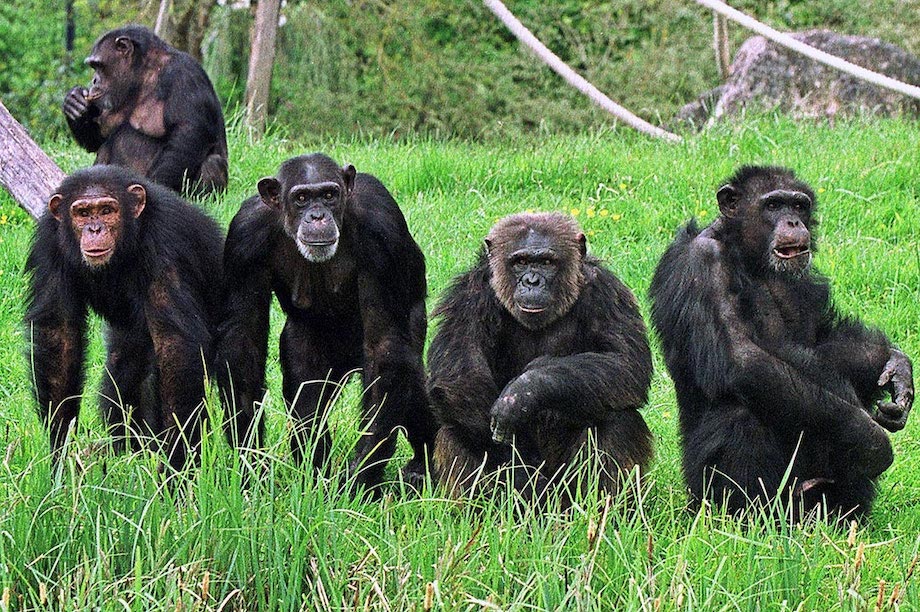
Gombe Stream National Park
Gombe Stream National Park, is primarily for those who want to get a little off the beaten track and see chimpanzees. This is one of the smallest national parks in Tanzania and is famous for the work of Jane Goodall. This British researcher arrived in 1960 to study the wild chimpanzees and her work turned into what would become the longest running behavioral research program of its kind in the world.
Guided walks take visitors into the forest to observe chimps in the wild. Many species of primates and mammals live in the park. Over 200 bird species have been recorded in the tropical forest, including barbets, starlings, sunbirds, crowned eagle, kingfishers and the palm-nut vulture. Some of the other popular activities are hiking and swimming. A trail leads into the forest to a waterfall in the valley.
Best Time to Visit & Weather :
The best time to visit Tanzania is during the Dry season, from late June to October, when wildlife viewing is generally at its best. The wildebeest migration in the Serengeti is usually during June and July and the time to see the wildebeest calving is late January to February. The southern (Ruaha, Mikumi, Selous National Parks) and western circuit parks (Gombe, Mahale, Katavi National Parks) are best visited during the Dry season (June to October), unlike the more popular northern circuit parks (Ngorongoro Conservation Area, Serengeti, Lake Manayara, Tarangire, Arusha National Parks) that can be visited year-round.
Fast Facts :
Capital: Dar es Salaam & Dodoma
Language: Swahili and English
Currency: Tanzanian shilling. 1US$= 2.32 Tanzanian Shillings
Allow us Assist to You
Quick Links
Contact Us
